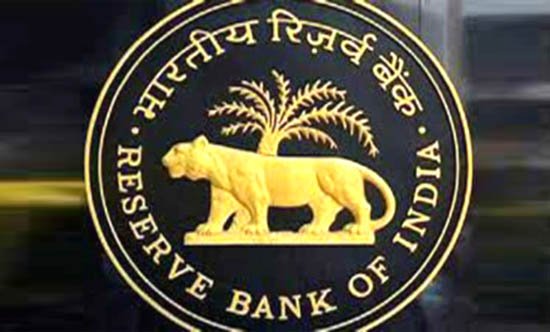New Delhi, Feb 7 (UNI) The industry has hailed first rate by the Reserve Bank of India (RBI) first in five years by 25 bps from 6.50% to 6.25%, saying this coupled with relief in the income tax announced in the Union Budget will spur demand for homes and other activities leading to increase in consumption and activity and resultant economic growth.
Kishore Lodha, Chief Financial Officer, UGRO Capital, said “The much-awaited rate cut has finally arrived, easing interest rate pressure on the industry as a whole and providing relief to home loan borrowers. However, liquidity has turned negative, which remains a cause for concern. The RBI is closely monitoring the situation and implementing measures to mitigate the risk. Inflation has moderated, and the RBI expects it to average 4.2% next year, creating further room for additional rate cuts.”
Amit Goyal, Managing Direct, India Sotheby’s International Realty, said the RBI’s 0.25% rate cut after five long years—is the much-needed oxygen for the Indian economy, more particularly for the real estate sector. It lightens EMIs, boosts investments, and signals a pro-growth stance. Coupled with income tax breaks for incomes up to Rs 12 lakh in the Union Budget, it widens the path to homeownership for many aspiring buyers.
Echoing similar views, Vimal Nadar, Head of Research at Colliers India, said In line with expectations, RBI in its first MPC meeting after the Budget, has decided to reduce the repo rate by 25 basis points to 6.25%, the first rate cut in nearly five years, following a prolonged cycle of rate hike and stability triggered by global uncertainties.
This comes in the backdrop of easing inflation and moderation in growth prospects. The Central Bank, however, maintains confidence on the robustness of domestic economy and projects the GDP growth rate at 6.7% in FY 2025-26.
Piyush Bothra, Co-Founder and CFO, Square Yards, said “The Reserve Bank of India’s decision to cut the repo rate by 25 basis points to 6.25% is a welcome move for the real estate market. This will lower borrowing costs for home buyers, making home loans more accessible and improving buyer sentiment. Additionally, it could enhance liquidity in the banking system, easing access to financing for developers. Combined with recent tax reforms, stable inflation projections and sustained economic growth, it will act as strong tailwinds for the residential real estate sector. Needless to say “acchhe din” for real estate will continue for a long time.”











